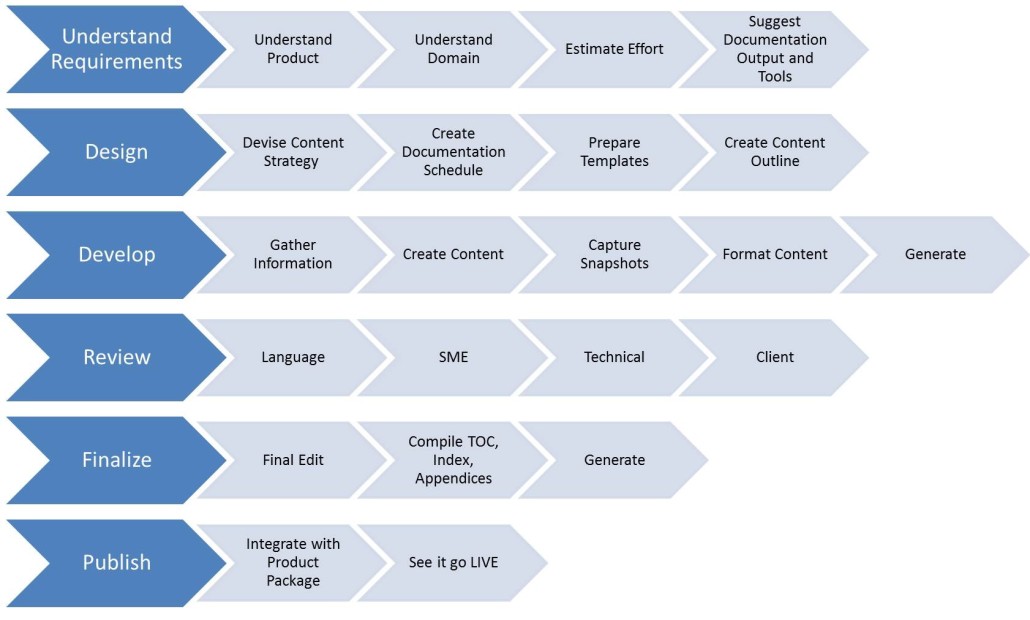In business and engineering, New Product Development (NPD) is the complete process of bringing a new product to market. New product development is described in the literature as the transformation of a market opportunity into a product available for sale and it can be tangible (that is, something physical you can touch) or intangible (like a service, experience, or belief). A good understanding of customer needs and wants, the competitive environment and the nature of the market represent the top required factors for the success of a new product. Cost, time and quality are the main variables that drive the customer needs. Aimed at these three variables, companies develop continuous practices and strategies to better satisfy the customer requirements and increase their market share by a regulate development of new products. There are many uncertainties and challenges throughout the process which companies must face. The use of best practices and the elimination of barriers to communication are the main concerns for the management of NPD process.
Marketing considerations
There have been a number of approaches proposed for analyzing and responding to the marketing challenges of new product development. Two of these are the eight stages process
The eight stages
Idea Generation is often called the “NPD” of the NPD process
- Ideas for new products can be obtained from basic research using a SWOT analysis (Strengths, Weaknesses, Opportunities & Threats). Market and consumer trends, company’s R&D department, competitors, focus groups, employees, salespeople, corporate spies, trade shows, or ethnographic discovery methods (searching for user patterns and habits) may also be used to get an insight into new product lines or product features.
- Lots of ideas are generated about the new product. Out of these ideas many are implemented. The ideas are generated in many forms. Many reasons are responsible for generation of an idea.
- Idea Generation or Brainstorming of new product, service, or store concepts – idea generation techniques can begin when you have done your OPPORTUNITY ANALYSIS to support your ideas in the Idea Screening Phase (shown in the next development step).
Idea Screening
- The object is to eliminate unsound concepts prior to devoting resources to them.
- Will the customer in the target market benefit from the product?
- What is the current or expected competitive pressure for the product idea?
- What are the industry sales and market trends the product idea is based on?
- Is it technically feasible to manufacture the product?
- Will the product be profitable when manufactured and delivered to the customer at the target price?
Idea Screening
- The screeners should ask several questions:
- What is the size and growth forecasts of the market segment / target market?
- What is the current or expected competitive pressure for the product idea?
- What are the industry sales and market trends the product idea is based on?
- Is it technically feasible to manufacture the product?
- Will the product be profitable when manufactured and delivered to the customer at the target price?
Idea Development and Testing
- Develop the marketing and engineering details
- Investigate intellectual property issues and search patent databases
- Who is the target market and who is the decision maker in the purchasing process
- What product features must the product incorporate?
- What benefits will the product provide?
- How will consumers react to the product?
- How will the product be produced most cost effectively?
- Prove feasibility through virtual computer aided rendering and rapid prototyping
- What will it cost to produce it?
- Testing the Idea may involve asking a number of prospective customers to evaluate the idea
Business Analysis
- Estimate likely selling price based upon competition and customer feedback
- Estimate sales volume based upon size of market and such tools estimate profitability and break-even point
Beta Testing and Market Testing
- Produce a physical prototype or mock-up
- Test the product (and its packaging) in typical usage situations
- Conduct focus group customer interviews or introduce at trade show
- Make adjustments where necessary
- Produce an initial run of the product and sell it in a test market area to determine customer acceptance
Technical Implementation
- New program initiation
- Finalize Quality management system
- Resource estimation
- Requirement publication
- Publish technical communications such as data sheets
- Engineering operations planning
- Department scheduling
- Supplier collaboration
- Logistics plan
- Resource plan publication
- Program review and monitoring
- Contingencies – what-if planning
Commercialization (often considered post-NPD)
- Launch the product
- Produce and place advertisements and other promotions
- Fill the distribution pipeline with product
- Critical path analysis is most useful at this stage
New Product Pricing
- Impact of new product on the entire product portfolio
- Value Analysis (internal & external)
- Competition and alternative competitive technologies
- Differing value segments (price, value and need)
- Product Costs (fixed & variable)
- Forecast of unit volumes, revenue, and profit


Leave a Reply
Want to join the discussion?Feel free to contribute!